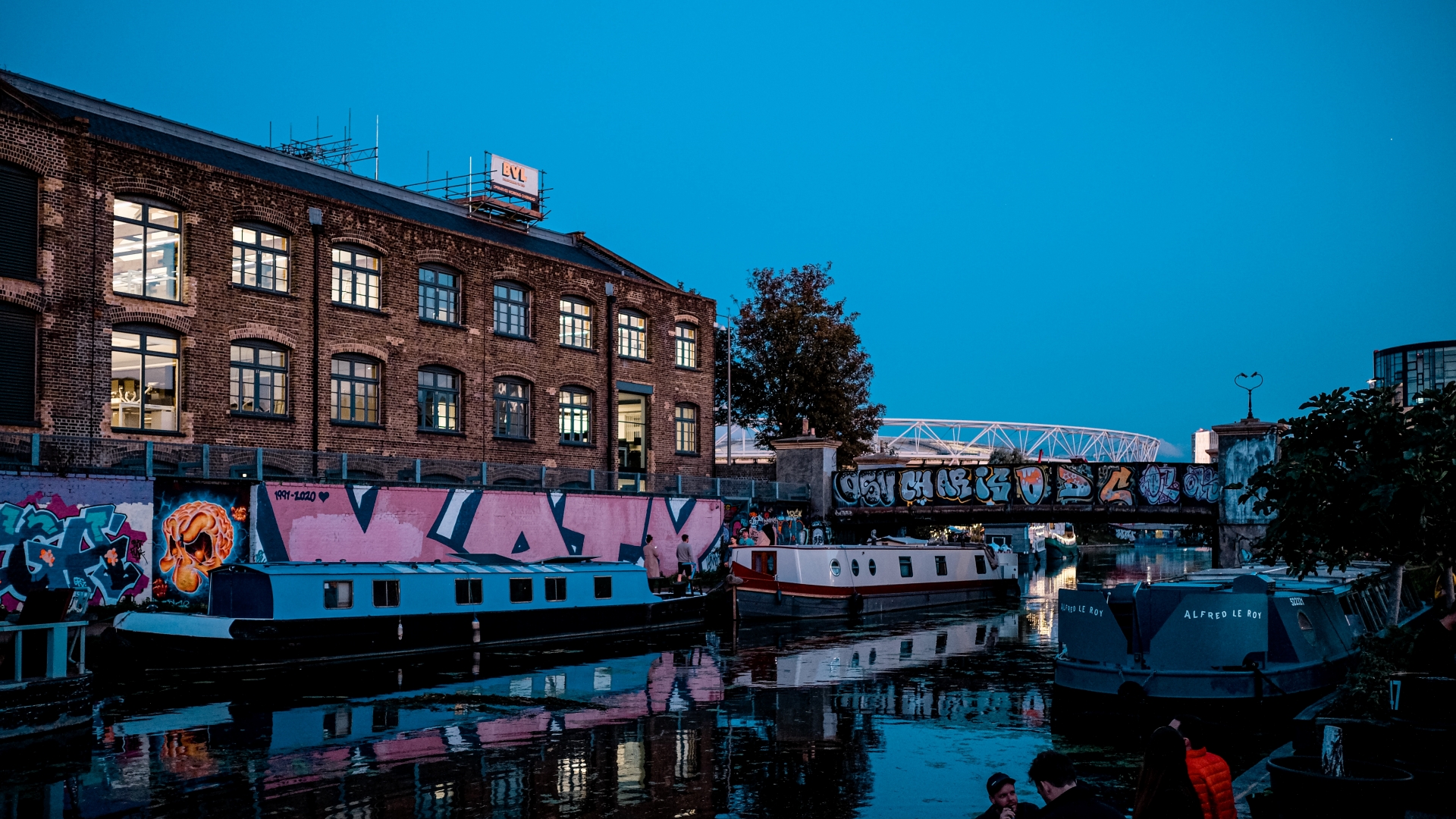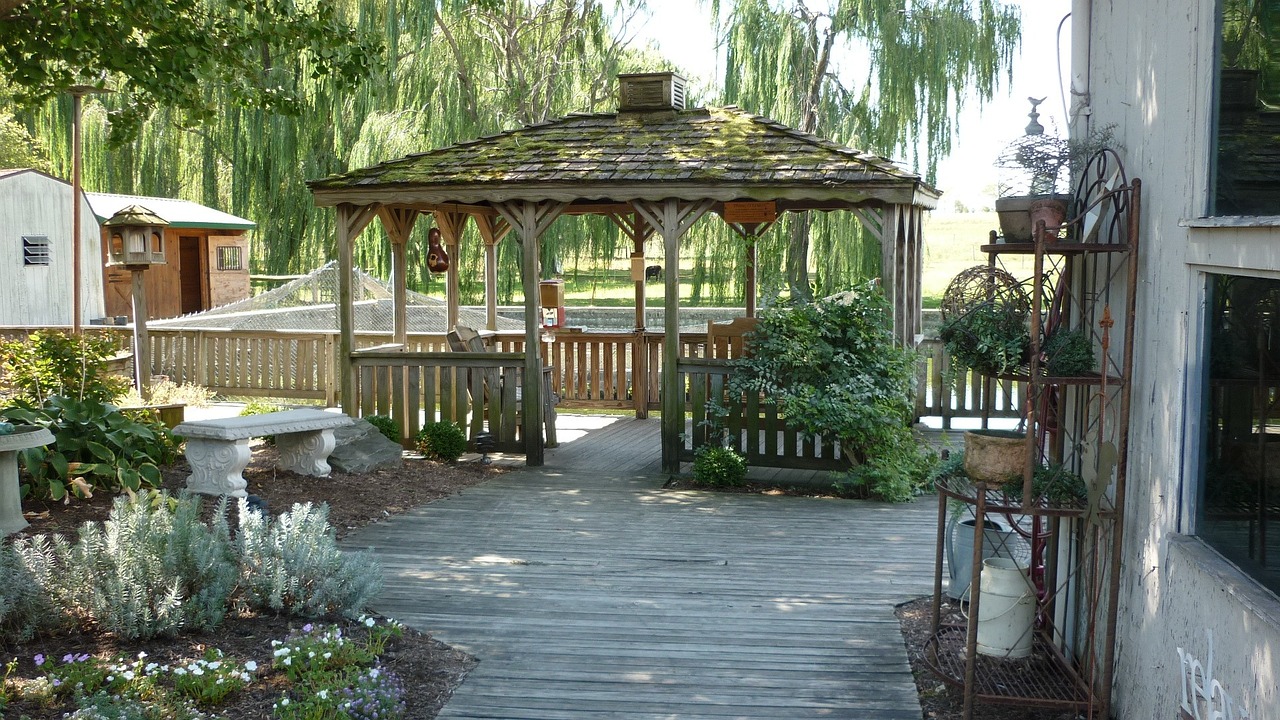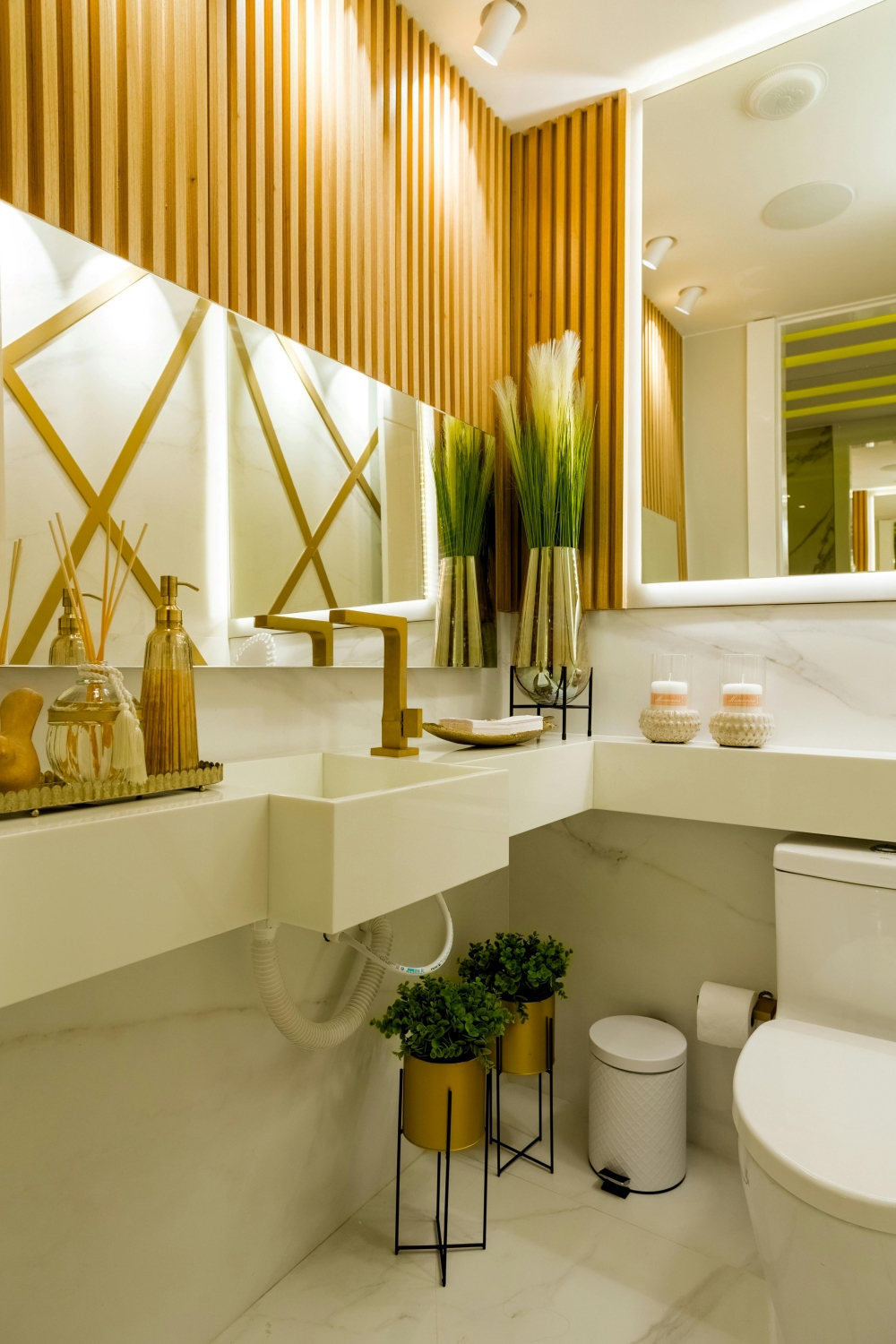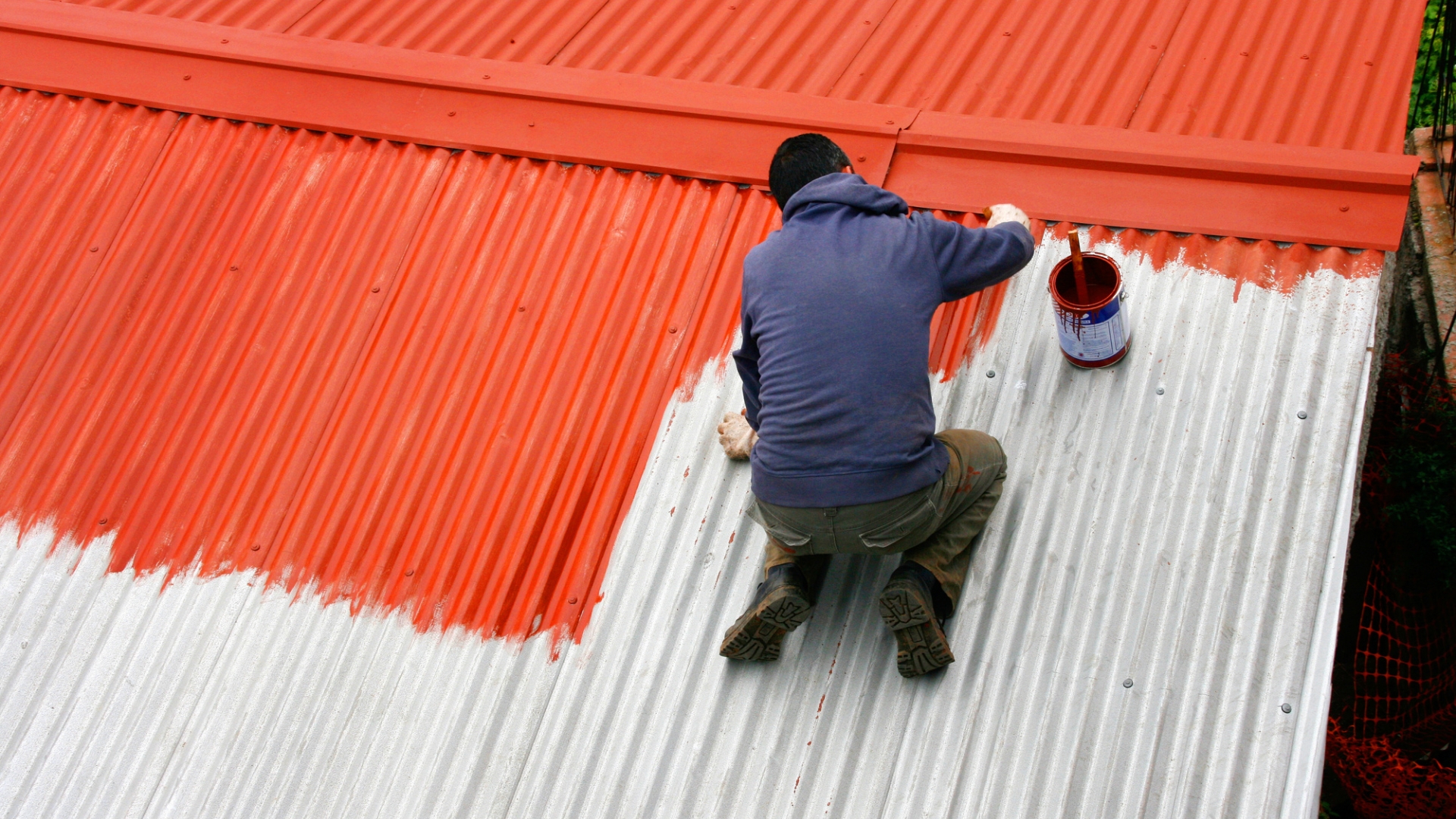Struggling to conceal plumbing in your home design? You’re not alone. Many homeowners face challenges with unsightly pipes disrupting aesthetics. Let’s dive into architect-approved tips for hidden plumbing pathways that blend functionality with style.
From clever wall cavities to underfloor solutions, you can achieve a seamless look. These strategies ensure pipes stay out of sight while maintaining accessibility for repairs or upgrades. Your space deserves both beauty and practicality.
For expert guidance, explore Dan’s Plumbing Tips. Their insights will help you master hidden plumbing, transforming your home into a polished, professional haven without compromising on utility.
Infrared Cameras for Detection
Ever wondered how to spot hidden plumbing without tearing apart your home? Infrared cameras are a game-changer for detecting leaks with precision and ease.
Why Infrared Works
These cameras detect temperature differences caused by water leaks. Wet areas often cool down, making them visible on thermal scans without invasive methods.
Best Use Cases
Ideal for walls, floors, or ceilings, infrared cameras help locate issues behind surfaces. Keep them handy for early detection before damage worsens.
How to Use Them
Simply scan suspicious areas with the camera. Look for cold spots on the display, which might indicate hidden water leaks needing attention.
Limitations to Note
While powerful, infrared isn’t foolproof. Thick insulation can block readings, so pair it with other tools for a thorough plumbing check.
Wall Scanners and Detectors
Got a hunch there’s a pipe behind that drywall? Wall scanners and detectors can save the day by mapping out hidden plumbing pathways.
Types of Scanners
Magnetic and electronic scanners are popular choices. They detect metal pipes or live wires, helping avoid drilling into plumbing during renovations.
Accuracy Tips
Calibrate your scanner before use on a known surface. This ensures better accuracy when searching for pipes in cluttered or dense walls.
Where to Buy
Check online retailers for reliable options. A good scanner, like those on Amazon, can be a worthy investment for DIY projects.
DIY vs. Pro Use
For small tasks, a scanner works fine in your hands. For complex layouts, consider hiring a pro to interpret tricky readings.
Non-Invasive Acoustic Tools
Imagine finding leaks without breaking a single tile. Non-invasive acoustic tools listen for water sounds, pinpointing issues behind walls or underground.
- Sound Wave Detection: These tools pick up unique noises water makes when escaping pipes, even in hidden or buried lines.
- Non-Destructive Approach: No need to dig or demolish; simply place sensors near suspected areas and listen for irregularities.
- Best for Large Systems: Especially useful for commercial properties or sprawling homes with extensive underground plumbing networks.
Once you’ve tried acoustic tools, you’ll appreciate their precision. They’re often used by pros for quick, mess-free leak detection in tough spots.
Stud Finders with AC
Think stud finders are just for wood? Modern ones with AC detection can also spot live wires and nearby plumbing for safer renovations.
- Dual Functionality: These devices locate studs and alert you to electrical currents, often near hidden water lines.
- Safety First: Avoid drilling into pipes or wires by scanning walls before starting any home improvement project.
- Easy to Use: Lightweight and affordable, they’re a must-have for DIY enthusiasts tackling wall-mounted installations or repairs.
Armed with a stud finder, tackling home projects becomes less risky. Keep one in your toolkit to protect your plumbing during any wall work.
Access Panels for Ease
Frustrated by hard-to-reach pipes? Installing access panels offers a smart way to check hidden plumbing without major demolition or constant guesswork.
Strategic Placement
Place panels near key plumbing junctions, like under sinks or behind showers. This ensures quick access for inspections or emergency fixes.
Design Options
Choose panels that blend with your decor. Flush-mounted or painted options keep them discreet while maintaining functionality in living spaces.
Installation Tips
Ensure panels are secure but removable. Use a professional if unsure, as improper cuts can weaken walls or expose plumbing unnecessarily.
Maintenance Benefits
With panels, routine checks become a breeze. Regularly peek inside to spot leaks or corrosion before they spiral into bigger issues.
Historical Blueprints for Guidance
Ever feel lost about your home’s plumbing layout? Historical blueprints can guide you to hidden pathways, saving time during repairs or upgrades.
Where to Find Them
Check with local archives or previous owners for original plans. These documents often detail pipe locations from your home’s construction phase.
Reading the Plans
Look for symbols indicating water lines and drains. Familiarize yourself with basic blueprint language to understand hidden plumbing routes better.
Updating Old Blueprints
If renovations occurred, old plans might be outdated. Cross-check with a plumber to map any unrecorded changes for accuracy.
Digital Alternatives
Some cities offer digitized records online. Accessing these can be faster than paper hunting, providing instant insight into your plumbing system.
Consult Plumbing Experts
Sometimes, DIY just doesn’t cut it. Consulting plumbing experts ensures hidden pathways are mapped accurately, avoiding costly mistakes down the line.
- Professional Tools: Experts use advanced gear like sewer cameras to visually inspect pipes without invasive digging or wall-breaking.
- Experience Matters: Their trained eye can spot issues you might miss, especially in older homes with complex plumbing setups.
- Preventive Advice: Beyond detection, they offer tips on maintenance, helping you avoid future leaks or pipe damage.
Teaming up with a pro can be a lifesaver. Their expertise turns hidden plumbing mysteries into manageable solutions, keeping your home safe.
Uncover Pipes Confidently
Armed with these innovative tools and strategies, you’re ready to locate hidden plumbing pathways effortlessly. For expert advice or services, visit Dan’s Plumbing Bathroom Ideas to ensure precision. Take control, avoid costly mistakes, and tackle your project with confidence using these architect-approved tips!










